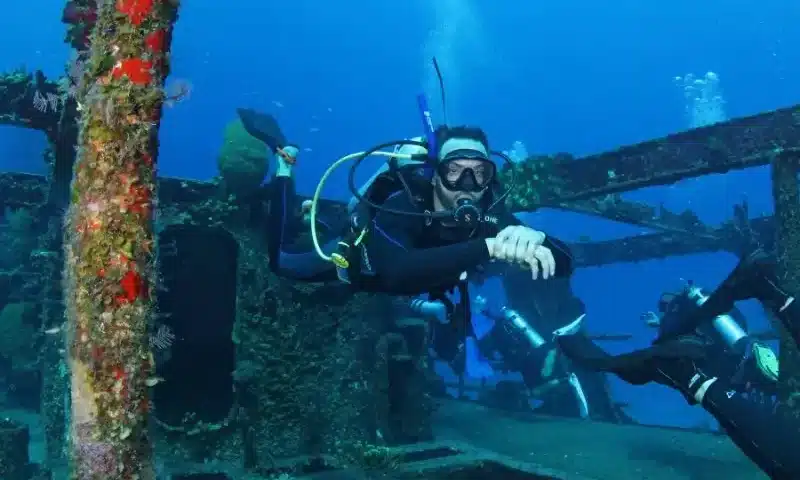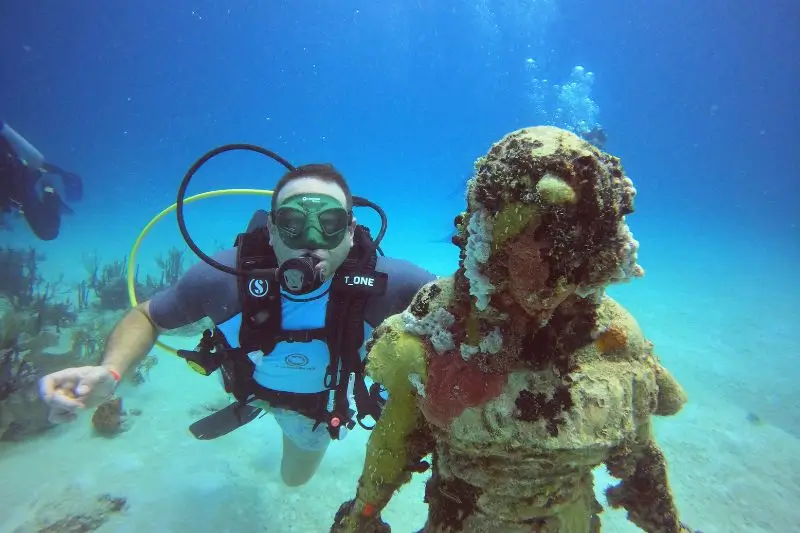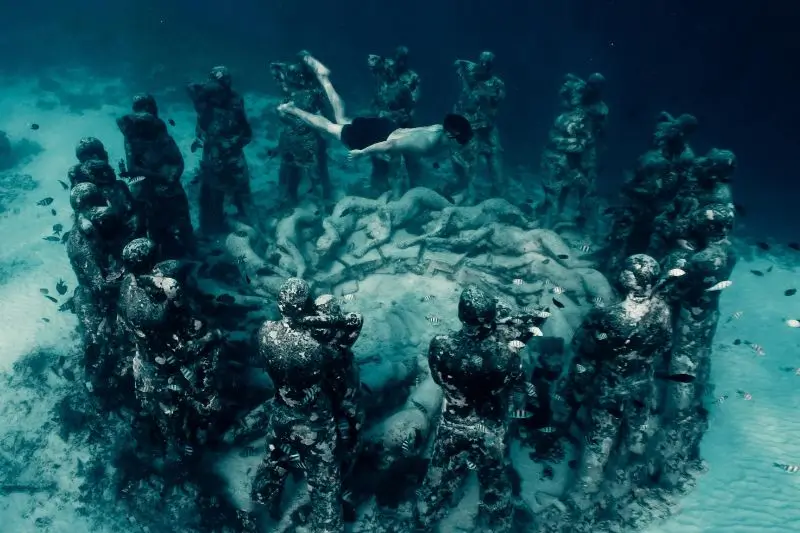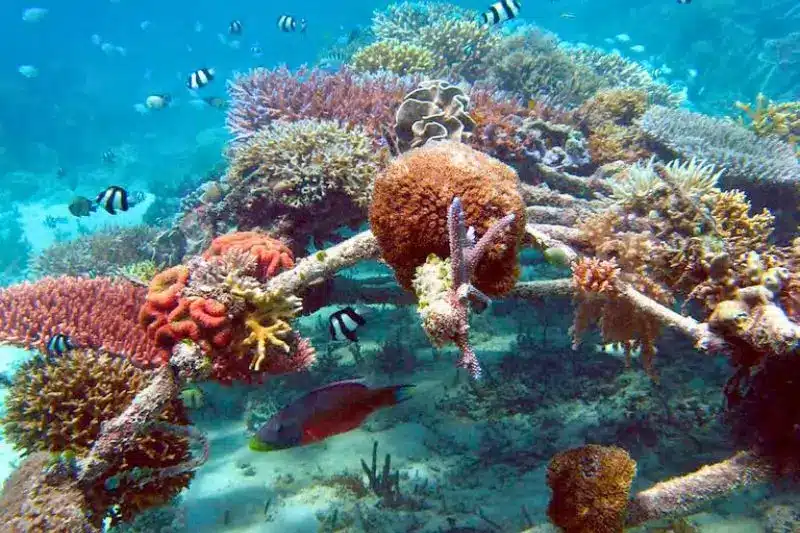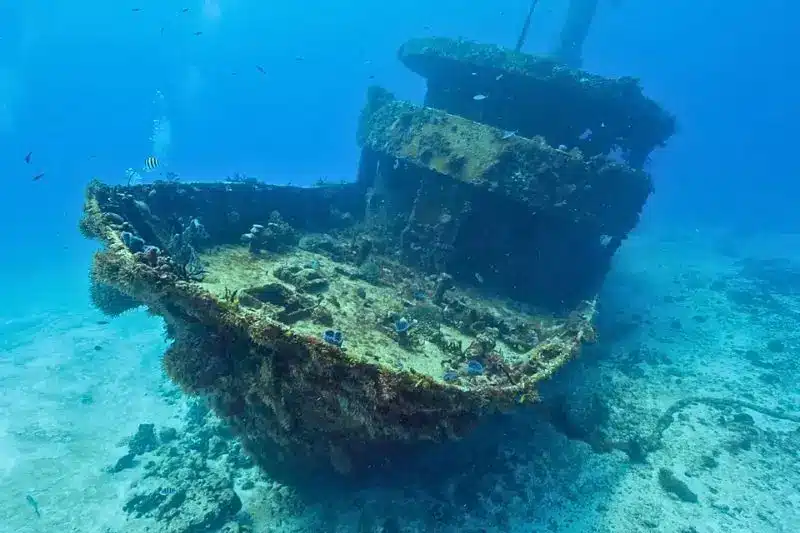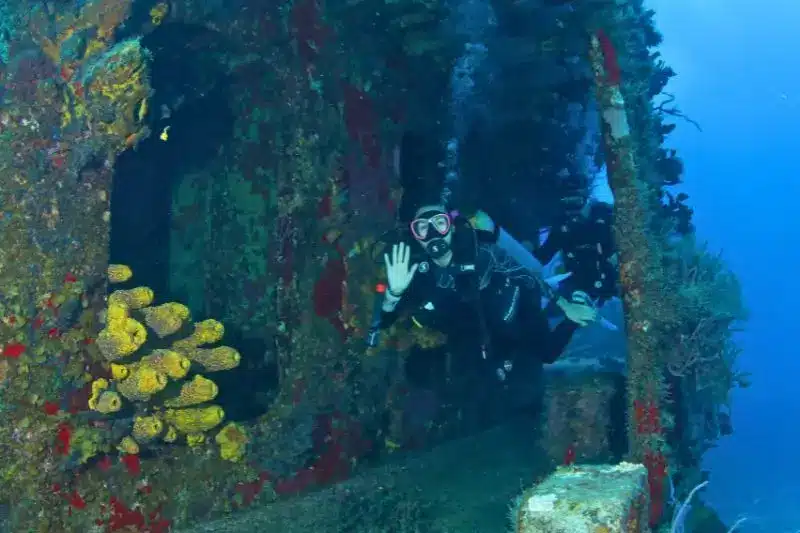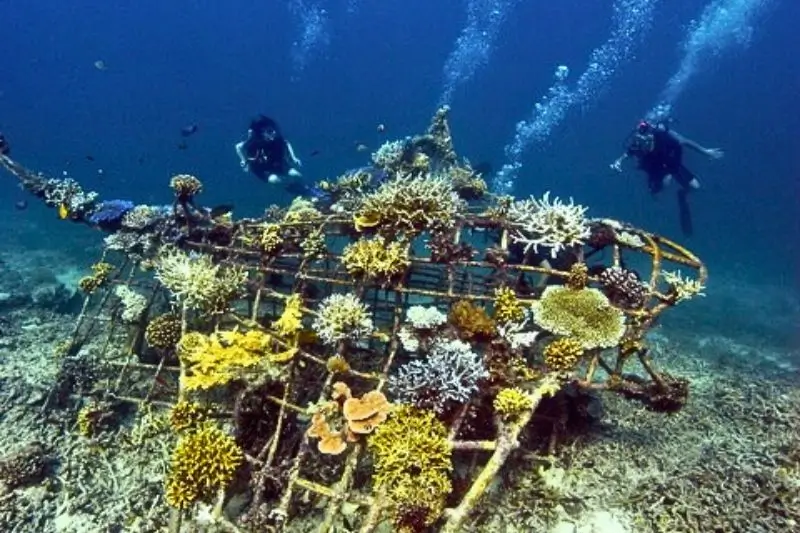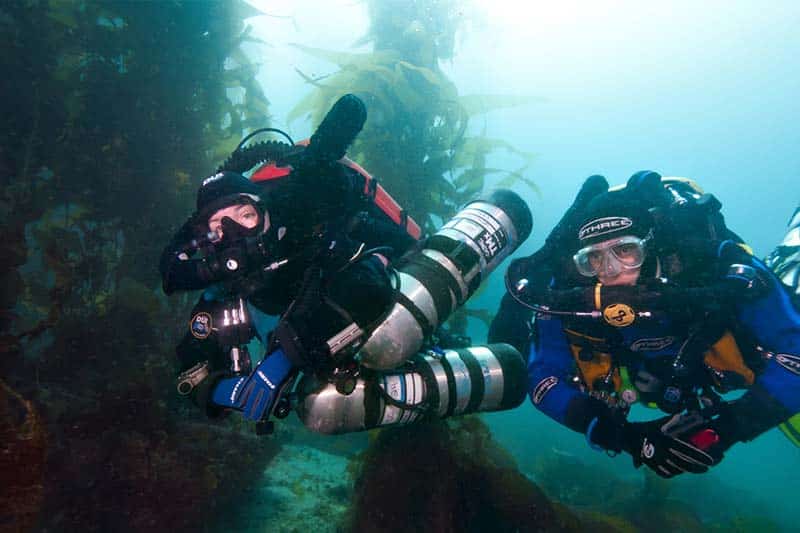6. Where to Dive on Artificial Coral Reefs?
Want to see artificial coral reefs in action?
Let me tell you where to dive to be amazed by what humans and the ocean can create together. Places were steel turns into coral. Where silence comes alive.
Let’s break it down.
Shipwrecks with History and New Life
Not all sunken ships are accidents, though many do become artificial coral reefs.
Some are carefully prepared: cleaned, stripped, and lowered with pinpoint precision onto the seabed.
That’s how many artificial coral reefs are born.
They’re massive. They’re solid. And they’re designed so coral can cling to them, and fish can move in and make them home.
Take the Mama Viña Wreck in Playa del Carmen. Deliberately sunk. Steady where it rests. Covered in sponges, angelfish, and surprises within the structure.
Or the C-53 Felipe Xicoténcatl in Cozumel, a former navy ship turned underwater park. Perfect for exploration lovers.
And the Saint George Wreck in Bayahibe. Stunning. Enormous. Teeming with life. Right next to the Atlantic Princess, another Caribbean diving classic.
See? That’s how coral reefs are sometimes built, with ships that no longer sail but still have a purpose.
Coco Reef: Coral Nursery in Punta Cana
Let’s switch scenes.
This is reef-building with a scalpel. A coral nursery that looks like a natural laboratory.
Coco Reef is an extraordinary coral nursery where new coral fragments grow to restore damaged reefs.
You’ll see floating structures, grids covered in tiny coral buds, juvenile fish, cuttlefish, octopuses… even seahorses.
Miniature marine life in full force.
It’s also an artificial reef, but with a nursery’s soul. Because yes, what coral reefs are made of also includes hope.
Reef & Wreck Safari: The Perfect Combo
Want to experience all of this in a single day? You can.
It’s called the Reef & Wreck Safari a dive tour that offers it all.
It kicks off at Iberostar Dominicana at 7:30 a.m.
You’ll have breakfast at Iberostar Hacienda Dominicus.
Then it’s time to dive!
First stop: Coco Reef, the coral nursery. Right in the heart of marine restoration.
Next, a tasty lunch and some well-earned relaxation.
At 12:30, get ready to explore two epic shipwrecks: the Atlantic Princess and the Saint George. Both are now vibrant artificial reefs.
You’ll end the day smiling, salty, and full of stories.
The tour includes transportation, a professional guide, boat, tanks, weights, breakfast, lunch, and drinks.
You just need to be 12 or older, Open Water certified, and excited to dive.
Other Famous Artificial Coral Reef Destinations
Got the bug? Here are more places to add to your list:
Artificial reefs are all over the world. Each one unique. All with a story worth diving into.
Because diving on an artificial coral reef isn’t just about seeing fish,
It’s about watching life take hold. In cement. In steel. In any corner where it’s given a chance.
And you can witness it.




